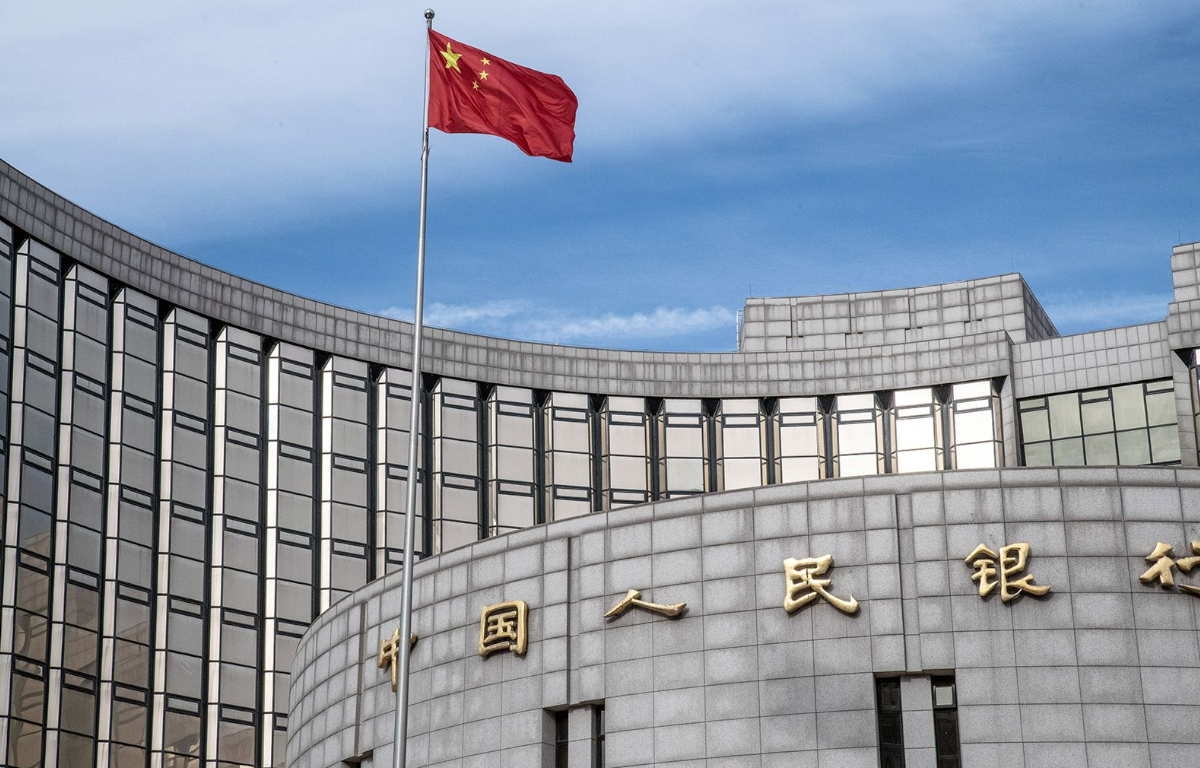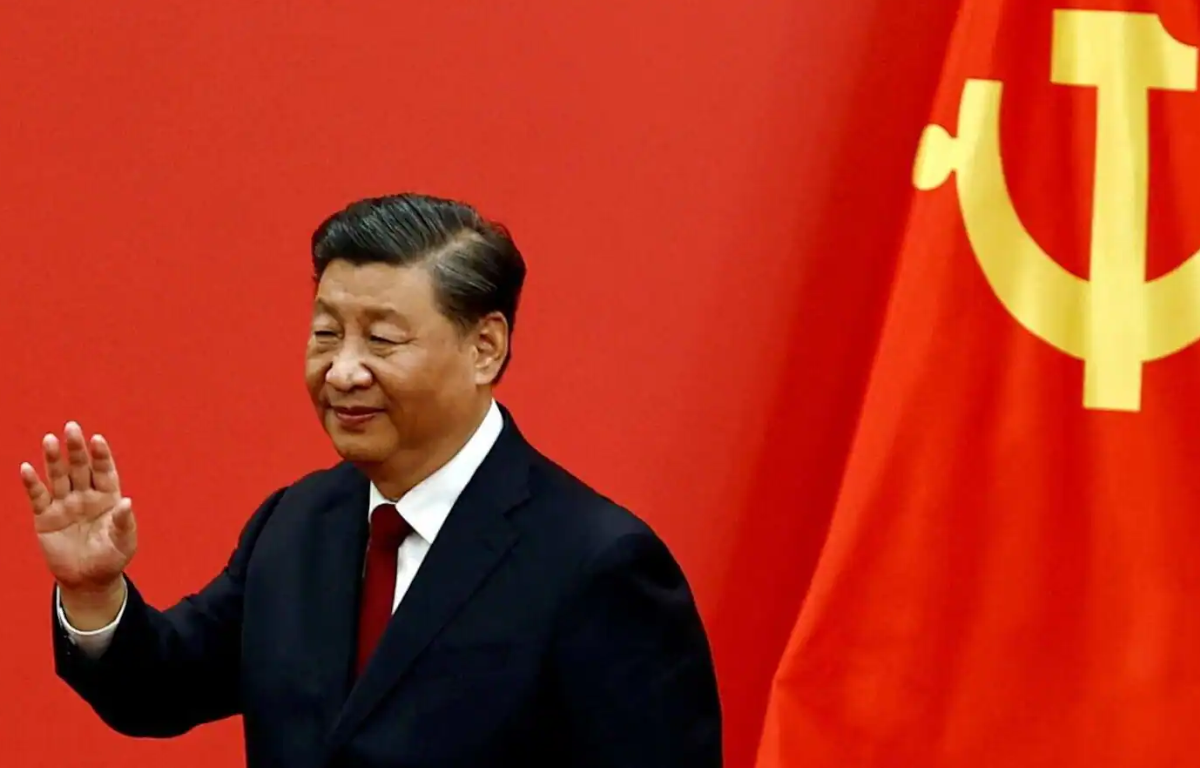
China’s roaring economic growth has taken a sharp downturn in recent years. The era of double-digit growth rates that had long defined China’s economic landscape has transitioned into a more restrained phase. Factors contributing to this slowdown encompass a maturing economy, dwindling population growth, and escalating labor costs.
China’s economic tribulations have been further exacerbated by escalating trade tensions, primarily with the United States. The protracted trade dispute, which commenced in 2018, saw both nations levying tariffs on each other’s goods, causing significant disruptions in global supply chains. While efforts have been made to defuse these tensions, the trade relationship remains susceptible to future upheaval.
Another pressing concern for China is its burgeoning debt. The country’s corporate and local government debt levels have surged, prompting apprehensions about the sustainability of this borrowing spree. Balancing the management of this debt with the preservation of economic stability poses a complex challenge.
China’s real estate sector, long characterized by its meteoric ascent, is now under scrutiny for a potential bubble. Soaring property prices, especially in major cities, have rendered housing unaffordable for many. Regulators are taking steps to temper the property market and forestall a catastrophic bubble burst.
China’s demographic landscape presents a formidable hurdle to its economic outlook. The enduring legacy of the one-child policy has resulted in a rapidly aging society and a contracting labor pool. This demographic shift threatens to curtail economic productivity and strain social welfare systems.
In response to these multifaceted economic challenges, the Chinese government has initiated a series of strategic policies. These encompass targeted stimulus efforts, endeavors to reduce debt levels in specific sectors, and a renewed emphasis on innovation and technological self-sufficiency, notably through initiatives like “Made in China 2025.”
China’s endeavor to rejuvenate its flagging economy underscores the intricacies of managing a vast and swiftly transforming nation. While China confronts numerous obstacles, it still retains substantial economic advantages, including a burgeoning consumer base, an expanding middle class, and considerable technological capabilities. China’s journey ahead necessitates a delicate equilibrium between stimulating economic expansion, addressing debt issues, tackling environmental concerns, and adapting to evolving demographics.










Share this: